2022.09.27 – 2022.11.03
Curator: Mohamed Almusibli
And Your Flesh Is My Greatest Poem: Sitara Abuzar Ghaznawi, Isabelle Cornaro, Shahryar Nashat, Dala Nasser, Hana Miletić, Ser Serpas

Antenna Space is delighted to present group exhibition And Your Flesh Is My Greatest Poem. The exhibition will be opened on September 27, 2022 and will last until November 3, 2022.
The group exhibition “And Your Flesh Is My Greatest Poem” takes its title from a poem itself. Brought together by curator Mohamed Almusibli, artists Sitara Abuzar Ghaznawi, Isabelle Cornaro, Shahryar Nashat, Dala Nasser, Hana Miletić, and Ser Serpas explore poetic abstraction in ways relevant to their mutual subject of the body and respective mediums. Risen from the materials of these artists’ fevered process, the painted and sculptural exquisite corpse still bears the inevitable scars of ordinary life. To regard the abstracted, artificialised poetics of the body is complicated, so far from ordinary somatic philosophies. Ripe folds, cartilage, fluid discharge, bloating – all assessed by the artists as they test the extent to which the remains of the body are functional, and how corporeality may be legitimised on a conceptual level. In uniting these positions under poetry, Almusibli invites reflections on the deconstructed sensorium.
Cornaro’s larger-than-life-size resin pillars show reliefs of bodily and artificial litter (Streams II, 2019), however it is Nasser’s naturally-dyed bed sheet compositions which bear closer resemblance to Heidi Bucher’s seminal latex “skins”, despite not sharing the deep cavities of their object-scars – the largest of her works measuring over three-by-two-and-a-half metres, Al Mina (The Port) (2021) slouches to the ground and is gently frottaged with charcoal, ash, salt, and other natural pigments, a subtler archive of the experience of the body of the family among ruins.
Less elegiac, Serpas’ differently sized portraits on unstretched canvas reveal large swathes of skin belonging to anonymized plastic surgery patients (but not their faces) as she tracks the progress of various surgeries via before and after photos from the website RealSelf. In one untitled work from 2022, the patient looks to be wearing nothing but green latex medical gloves, in another, smaller, work from the same year, the skin around the patient’s abdomen appears red and sickly yellow, tender perhaps, but this is about our greatest clue regarding the opening up of their body.
Nashat is most explicit in this regard, showing hunks of meat made from resin (Bone-In, 2022), a painting of a landscape of flesh and bones (Boyfriend_10.JPEG, 2022), and an assemblage of see-through vinyl bags filled with his lover’s yellow urine laid out on a foam mattress (Lover_25.JPEG, 2022). Likewise, peeking between the chrome legs of Abuzar Ghaznawi’s bar-stool-bodies (Saint, 2021), we see their guts of roses, mesh, foil, empty cigarette packets and other items endemic to her readymade sculptures.
Par Serpas, only Miletić seems to err on the side of healing its pragmatics, the forms of her hand-woven and automated Materials and Softwares textile sculptures (2019-2021) coming directly from the shape of repairs to damaged and transformed inanimate objects in public space.
The sublime aspect of existing within our own bodies is, of course, the myth of their function and how this myth remains mostly sealed within a hermetic unit, the great instinctive adventure of our lives being to keep this unit intact, or at least avoid damage to it at all costs. To consider any body as a sum of its remains causes a crisis of the real. “Nothing is familiar, not even the shadow of a memory,” writes theorist Julia Kristeva in her seminal psychoanalytic text Powers of Horror: An Essay on Abjection (1980) – the idol of the body feigns romanticism in its attempt to be sincere.
[1] Julia Kristeva, Powers of Horror: An Essay on Abjection, 1980, p.5.
Text: Olamiju Fajemisin
Curator: Mohamed Almusibli
Participating Artists: Dala Nasser, Hana Miletić, Isabelle Cornaro, Ser Serpas, Shahryar Nashat, Sitara Abuzar Ghaznawi
Installation Views
Artworks
-
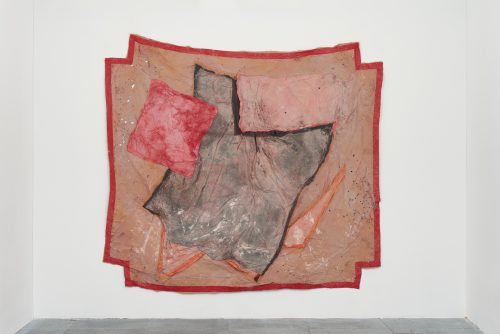
Dala Nasser, Anemone, 2022
Bedsheets, pillow cases, dye made of hibiscus and anemone, ash, salt, duck tape, iron oxide, rainwater
227 x 202 cm作品信息Information -
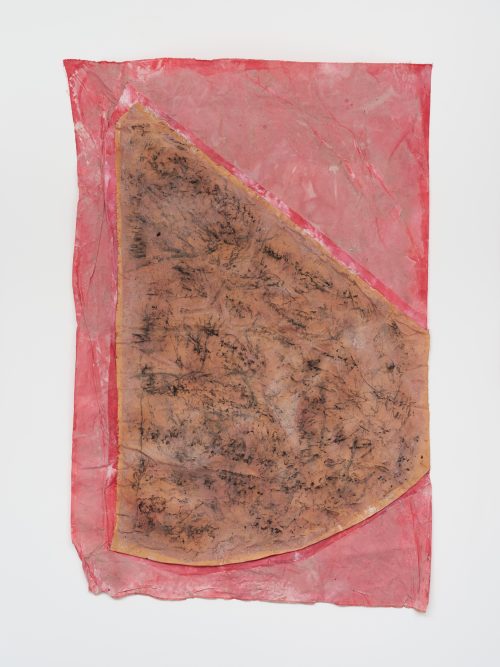
Dala Nasser, Zaytoun, 2022
Curtains, canvas dye made of hibiscus and roses, ash, salt, iron oxide, charcoal, rubbings made from olive trees, rainwater
172 x 110 cm作品信息Information -
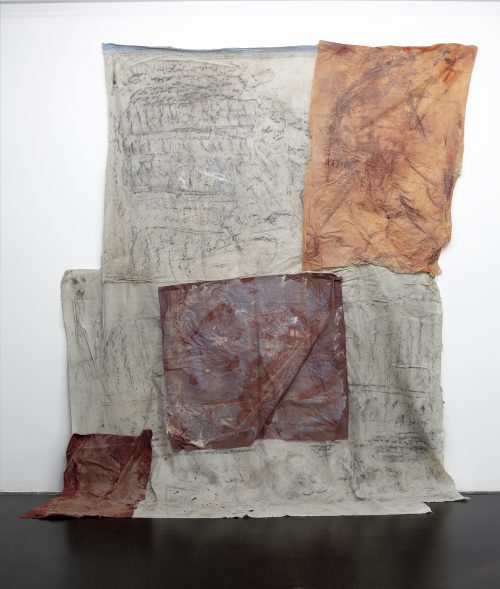
Dala Nasser, Al Mina (the port), 2021
Cotton, polyester, charcoal, ash, salt, natural pigment
317 x 242.5 cm作品信息Information -
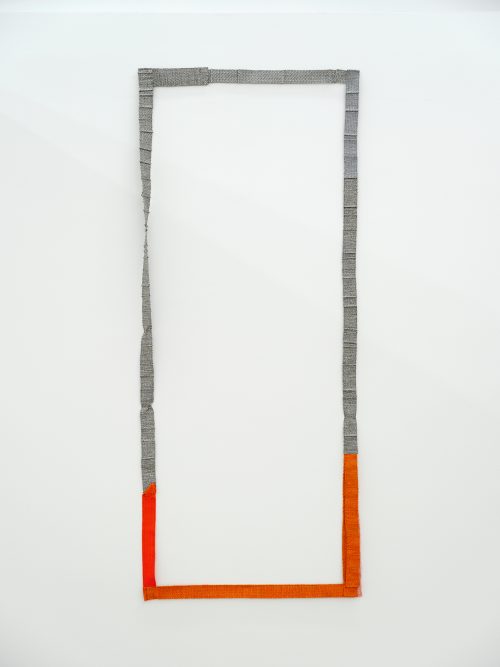
Hana Miletić, Materials, 2020-21
Hand-woven and Jacquard-woven textile (apricot organic cotton cord, carrot and dahlia-coloured eri silk, dark apri- cot recycled polyamide, dark silver laminated paper strip, silver metal yarn, silver recycled polyamide, silver waxed cord, tangerine orange organic cotton, variegated orange silk noil, and white polyester)
147 x 61 x 4 cm作品信息Information -
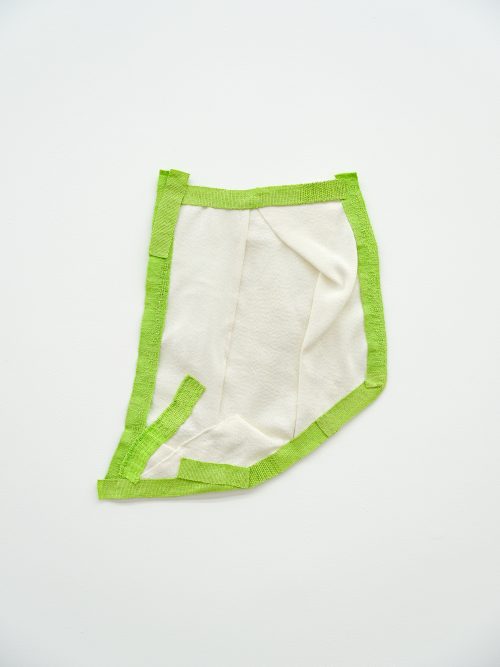
Hana Miletić, Materials, 2021
Hand-woven and Jacquard-woven textile (apple green organic cotton, apple green organic wet-spun linen, fluo- rescent green recycled nylon, shell white organic flax, soft white eri silk, and white polyester)
46 x 40 x 3 cm作品信息Information -
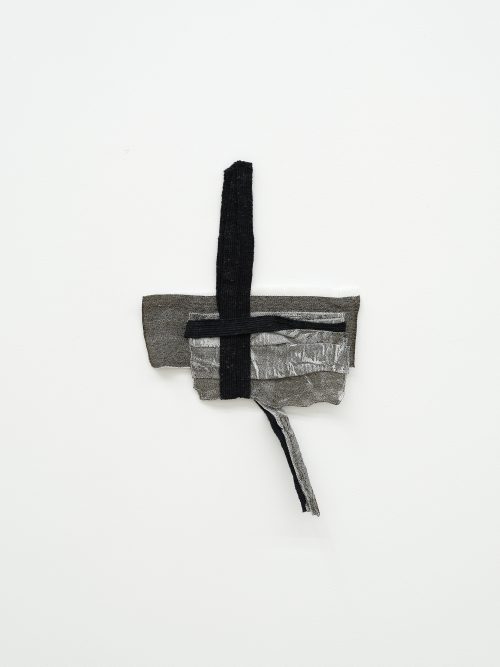
Hana Miletić, Materials, 2021
Hand-woven and Jacquard-woven textile (black eri silk, black recycled elastic cord, charcoal black organic linen, rust black mercerised cotton, soft white eri silk, umber organic wool, and white polyester)
47 x 30 x 1 cm作品信息Information -

Hana Miletić, Materials, 2019
Hand-woven textile (brown-grey raw wool, jaffa cotton and orange silk-cotton and orange silk)
41 x 13 x 2 cm作品信息Information -

Hana Miletić, Softwares, 2019
Jacquard-woven textile manipulated by hand, (white polyester, rosy recycled polyamide, beige recycled poly- amide, organic white wool and silk)
280 x 158 x 1 cm作品信息Information -
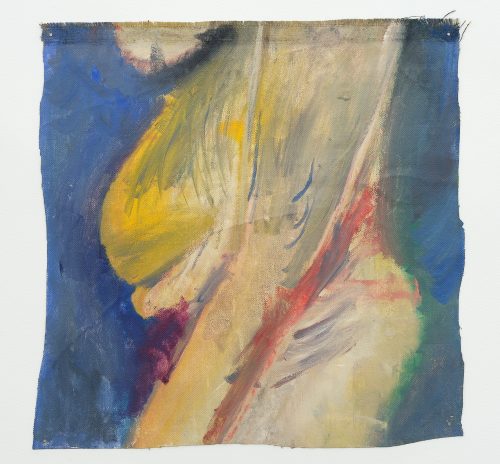
Ser Serpas, Untitled, 2022
Oil on canvas
64 x 63 cm作品信息Information -

Ser Serpas, Untitled, 2022
Oil on canvas
84 x 90 cm作品信息Information -
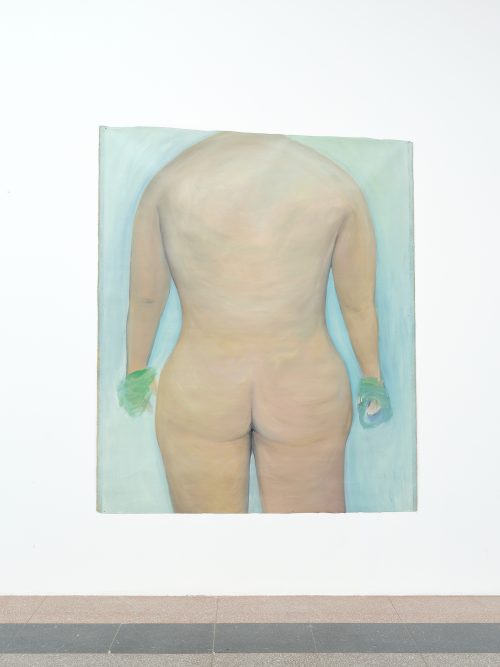
Ser Serpas, Untitled, 2022
Oil on canvas
228 x 190 cm作品信息Information -
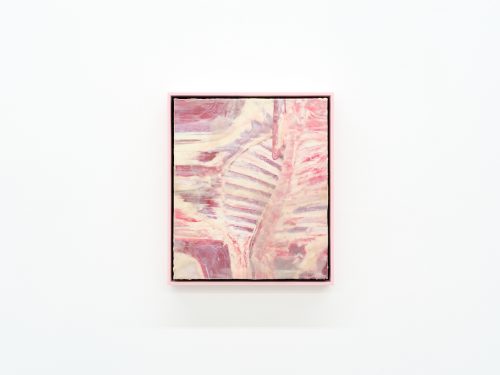
Shahryar Nashat, Boyfriend_10.JPEG, 2022
Acrylic gel, ink on paper, plywood
38.1 x 33 x 5.4 cm (framed)作品信息Information -

Shahryar Nashat, Bone In (You put the sexy in dyslexic), 2022
Synthetic polymer, PVC, pigment and paper
43.2 x 22.9 x 20.3 cm作品信息Information -
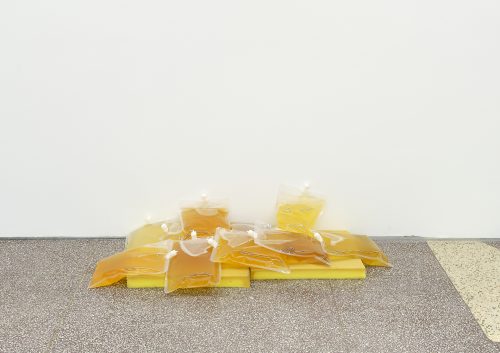
Shahryar Nashat, Lover_xx.JPEG, 2022
Vinyl bag, urine, polyurethane foam
Dimensions variable作品信息Information -
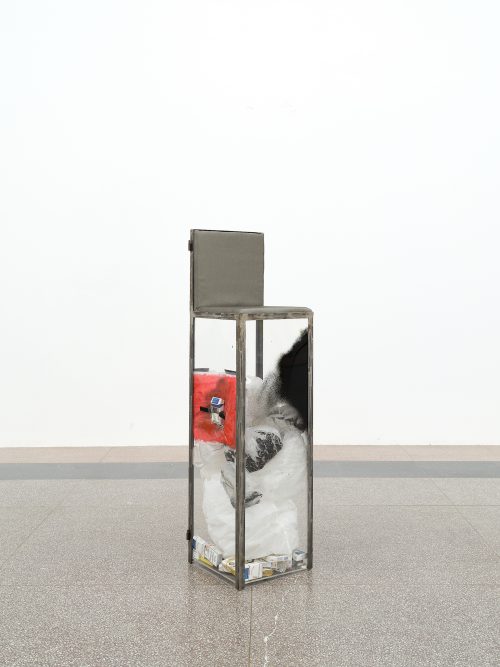
Sitara Abuzar Ghaznawi, North, 2022
Metal, organic glass, fabric, found materials
132 x 35 x 35 cm作品信息Information -
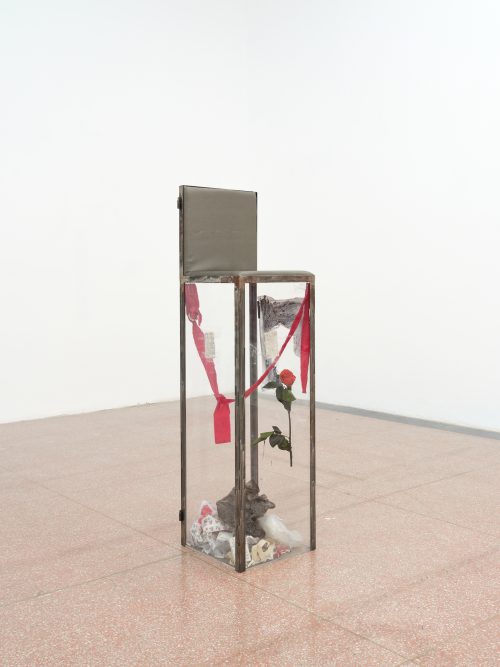
Sitara Abuzar Ghaznawi, Psalm, 2022
Metal, organic glass, fabric, found materials
132 x 35 x 35 cm作品信息Information -
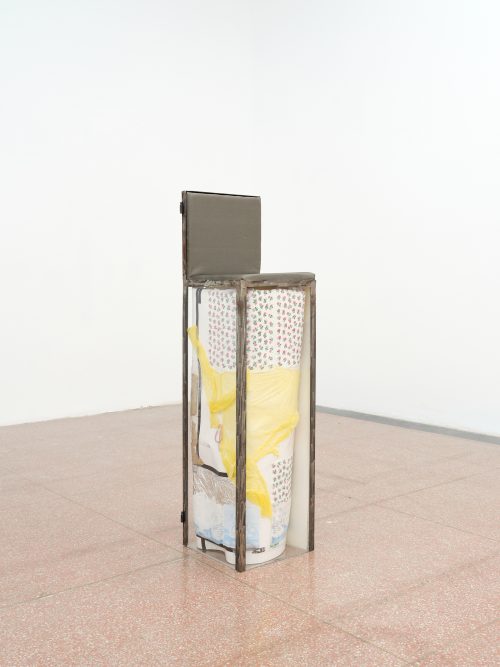
Sitara Abuzar Ghaznawi, Chicago, 2022
Metal, organic glass, fabric, found materials
132 x 35 x 35 cm作品信息Information -

Isabelle Cornaro, Streams II (#10, Aluminum), 2020
Resin with aluminum powder
22.5 x 22.5 x 5 cm作品信息Information -
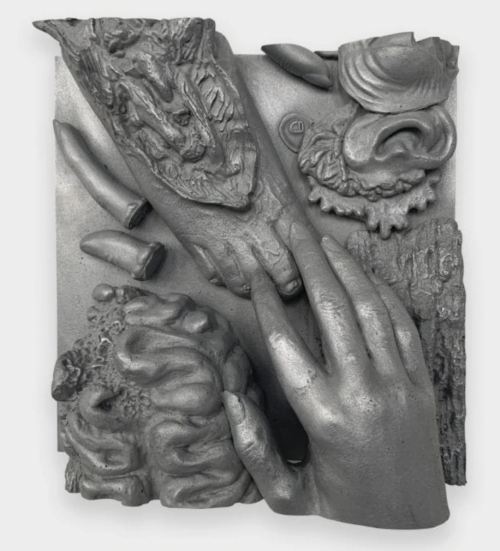
Isabelle Cornaro, Streams II (#9, Aluminum), 2019
Resin with aluminum powder
22.5 x 22.5 x 7.4 cm作品信息Information -
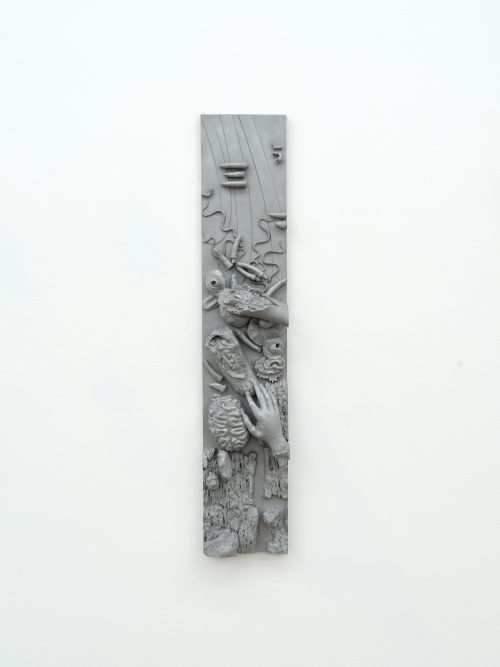
Isabelle Cornaro, Streams II (#6, Aluminum), 2019
Resin with aluminum powder
116.5 x 22.5 x 11.5 cm作品信息Information -
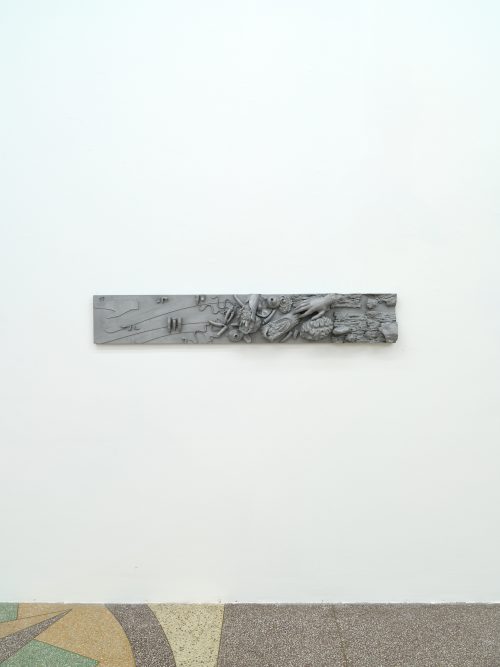
Isabelle Cornaro, Streams II (#5, Aluminum), 2019
Resin with aluminum powder
140 x 22.5 x 11.5 cm作品信息Information -
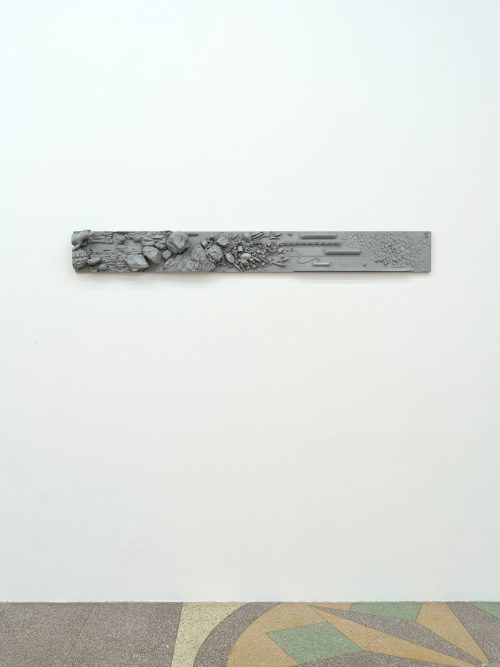
Isabelle Cornaro, Streams II (#2, Aluminum), 2019
Resin with aluminum powder
200 x 22.5 x 11.5 cm作品信息Information



















